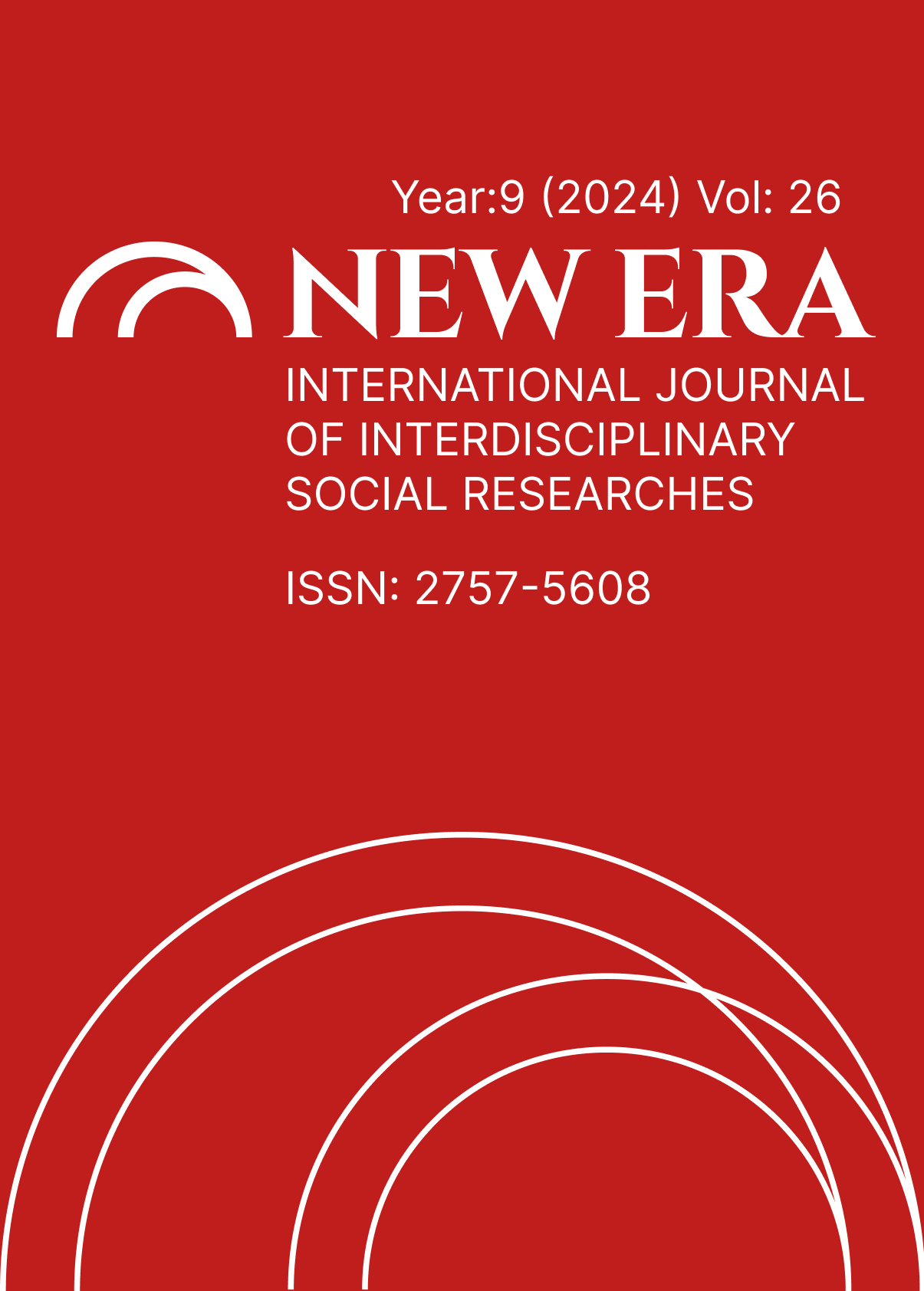PERCEPTION OF WOMEN IN ANCIENT GREECE IN LIGHT OF THE MYTHOLOGICAL CHARACTERS OF PANDORA, APHRODITE, PENELOPE AND HERA
DOI:
https://doi.org/10.5281/zenodo.14553200Keywords:
Ancient Era, Mythology, Women, Ancient Greece.Abstract
The word mythology is formed by combining the Greek words “Mythos”, meaning a story told or heard in words, and “Logos”, meaning the telling of truth through human words. In fact, the two words are logically contradictory. While one describes events that do not reflect reality, such as stories and tales, the other is the telling of truth. For this reason, we cannot separate them when examining the belief systems and myths of ancient people.
Women, who were generally citizens of society who were male-dominated and had no say in all institutions of the state, including the administration, played a significant role in the myths of ancient states such as Mesopotamia, Ancient Greece and Rome. In the myths of the era in question, women were considered sacred beings due to their fertility, and they also showed the goddesses they created as the source of disasters, destructions and wars that befell humanity.
For this reason, while we evaluate the perception of women in the social structures of ancient states in the light of limited scientific data, we also benefit greatly from their myths. In this study, three mythological characters, Pandora, Aphroditee, Penelope and Hera were chosen. Our aim is to interpret the perception of women in Ancient Greek Civilization through sample myths about women who started wars, caused disasters, provided birth to living things, and created love in ancient mythology.
References
ERHAT, A., 2003. Mitoloji Sözlüğü, Remzi Kitabevi, İstanbul.
HESİODOS, 2019. Theogonia & İşler ve Güçler, Çev.: A. Erhat-S. Eyüpoğlu, Türkiye İş Bankası Kültür Yayınları, İstanbul.
HOMEROS, 2004. İlyada, (çev. A. Erhat- A. Kadir), Can Yayınları, İstanbul.
HOMER, 1919,1924, 1927, 1930, 1938, 1945. The Odyssey, (Eng. trnsl. A. T. Murray), Harvad University Press, London.
HOWATSON, M. C., 2015. Oxford Antikçağ Sözlüğü, Çev.: F. Ersöz, 2. Baskı, Kitap Yayınevi, İstanbul.
KITABI-I MUKADDES, 2000. Haz. Kitabı-ı Mukaddes Şirketi, Lütuf Yayıncılık, İstanbul.
KRAMER, S. N., 1999. Sümer Mitolojisi, Çev.: H. Koyukan, Kabalcı Yayınları, İstanbul.
ANDREADI, I. 2013. “On Women in Ancient Greek Culture, Drama and Education” International Journal of Scientific Research and Management (IJSRM) Volume 11, Issue: 6, 2796-2805.
MCCLURE, L. K., 2023. Doğumdan Ölüme Klasik Antikitede Kadınlar, (çev. G. Günata), Koç Üniversitesi Yayınları, İstanbul.
ÖZCAN ELÇİ, D., 2018. “Doğu ve Batı Mitolojilerinde Kadın İmgesi: Tanrıçalar”, Atlas International Refereed Journal On Social Sciences, Vol 4, Issue:11, August, 826-840.
SAPPHO, 2007. The Poetry of Sappho. (trnsl. J. Powell) Oxford University Press.
SEITKASIMOAVA, Z. A. 2019. “Status of Women in Ancient Greece”, Open Journal for Anthropological Studies, 3(2), 49-54.
TAŞDÖNER, K. 2021. “Eskiçağ Dünyasinda Tanri-kral İmaji Örneklemeleri Üzerine Bir Değerlendirme” Adıyaman Üniversitesi Sosyal Bilimler Enstitüsü Dergisi, Yıl:14, Sayı:39, ss. 616-636.
XENOPHON, 1997. Memorabilia-Oeconomicus-Symposium-Apology. (trnsl. E.C. Marchant& O.J. Todd). Harvard University Press, Massachuset
Downloads
Published
How to Cite
Issue
Section
License
Copyright (c) 2024 NEW ERA INTERNATIONAL JOURNAL OF INTERDISCIPLINARY SOCIAL RESEARCHES

This work is licensed under a Creative Commons Attribution-NonCommercial 4.0 International License.


